Section Aigeiros Rank Species | Genus Populus Scientific name Populus deltoides | |
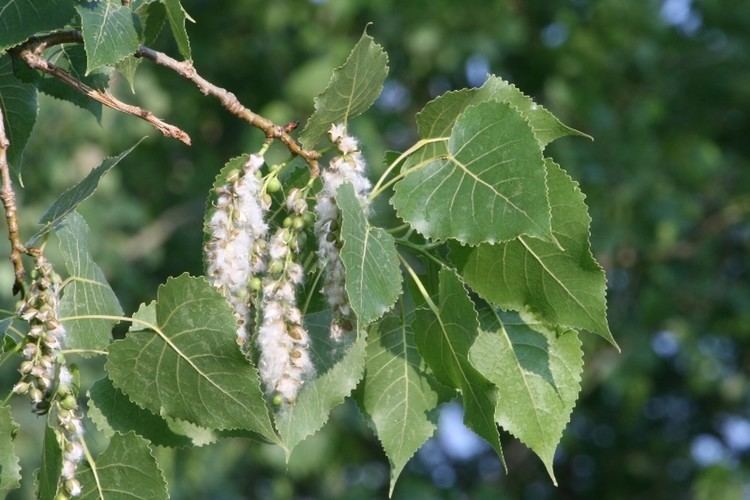 | ||
Similar Populus trichocarpa, Populus nigra, Cottonwood, Populus sect Aigeiros, Populus balsamifera | ||
Plains cottonwood populus deltoides
Populus deltoides, the eastern cottonwood or necklace poplar, is a cottonwood poplar native to North America, growing throughout the eastern, central, and southwestern United States, the southernmost part of eastern Canada, and northeastern Mexico. It is a eudicot.
Contents
- Plains cottonwood populus deltoides
- Populus deltoides
- Description
- Variation
- Ecology
- Oldest and largest
- Symbolism
- References
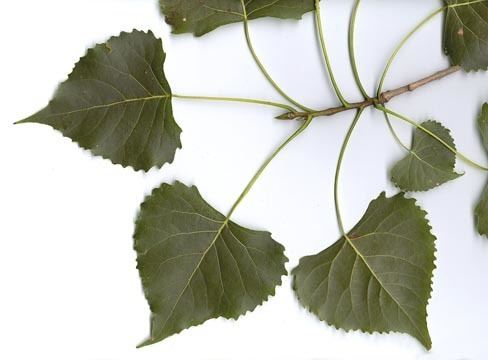
Populus deltoides
Description
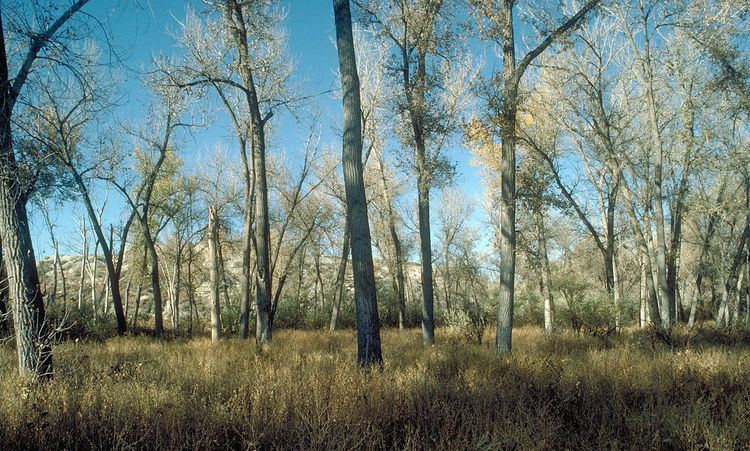
Populus deltoides is a large tree growing to 20–40 m (65–130 ft) tall and with a trunk up to 1.8 m (5 ft 11 in) diameter, one of the largest North American hardwood trees. The bark is silvery-white, smooth or lightly fissured when young, becoming dark gray and deeply fissured on old trees. The twigs are grayish-yellow and stout, with large triangular leaf scars. The winter buds are slender, pointed, 1–2 centimetres (1⁄2–3⁄4 in) long, yellowish brown, and resinous. It is one of the fastest growing trees in North America. In Mississippi River bottoms, height growth of 10–15 feet (5–5 m) per year for a few years have been seen. Sustained height growth of 5-foot (1.5-meter) height growth and 1-inch (2.5-centimeter) diameter growth per year for 25 years is common.
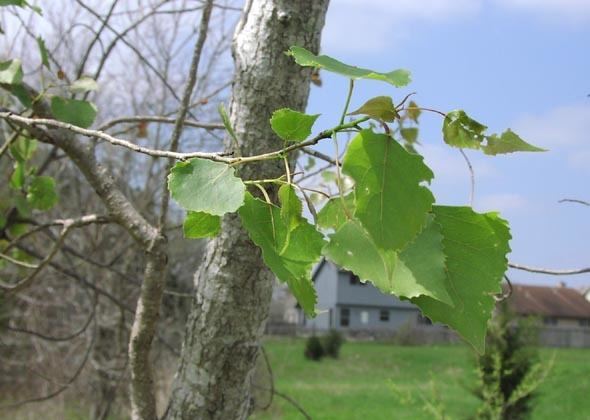
The leaves are large, deltoid (triangular), 4–10 cm (1 1⁄2–4 in) long and 4–11 cm (1 1⁄2–4 1⁄4 in) broad with a truncated (flattened) base and a petiole 3–12 cm (1 1⁄4–4 3⁄4 in) long. The leaf is very coarsely toothed, the teeth are curved and gland tipped, and the petiole is flat; they are dark green in the summer and turn yellow in the fall (but many cottonwoods in dry locations drop their leaves early from the combination of drought and leaf rust, making their fall color dull or absent). Due to the flat stem of the leaf, the leaf has the tendency to shake from even the slightest breeze. This is one of the identifying characteristics.
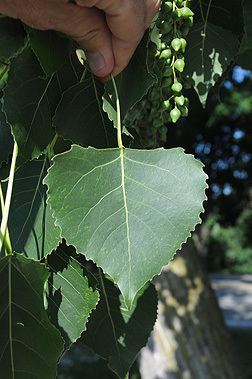
It is dioecious, with the flowers (catkins) produced on single-sex trees in early spring. The male (pollen) catkins are reddish-purple and 8–10 cm (3 1⁄4–4 in) long; the female catkins are green, 7–13 cm (2 3⁄4–5 in) long at pollination, maturing 15–20 cm (6–7 3⁄4 in) long with several 6-to-15-millimeter (1⁄4-to-9⁄16-inch) seed capsules in early summer, which split open to release the numerous small seeds attached to cotton-like strands.
Variation
The species is divided into three subspecies or up to five varieties. The subspecies classification is as follows:
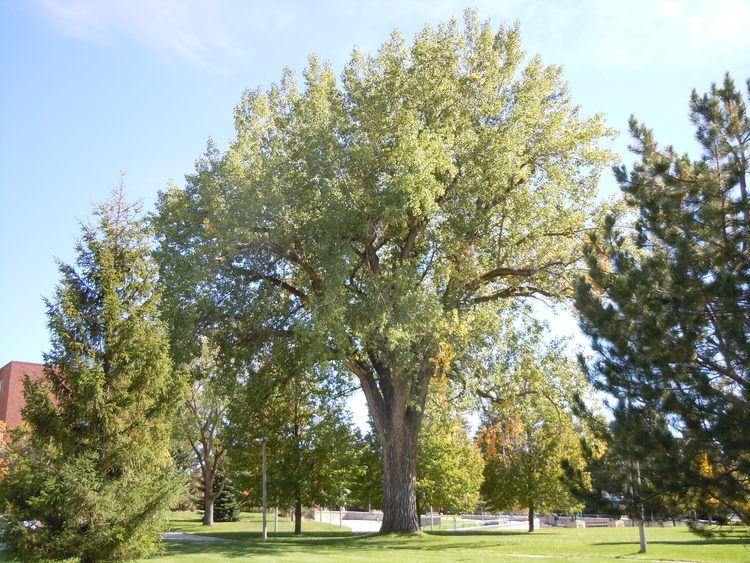
Ecology
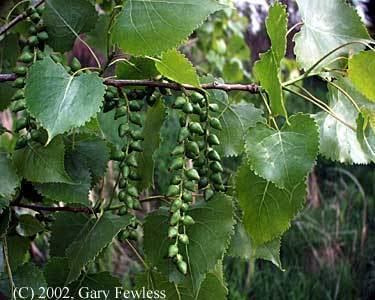
It needs bare soil and full sun for successful germination and establishment; in natural conditions, it usually grows near rivers, with mud banks left after floods providing ideal conditions for seedling germination; human soil cultivation has allowed it to increase its range away from such habitats.
The leaves serve as food for caterpillars of various Lepidoptera (List of Lepidoptera that feed on poplars).
Oldest and largest
Eastern cottonwoods typically live 70 to 100 years, but they have the potential to live 200 to 400 years if they have a good growing environment.
The Balmville Tree (cut in 2015) was the oldest eastern cottonwood in the United States.
The largest recorded cottonwood tree in the world is the Frimley Park tree located in Hastings, New Zealand.
There is an unregistered Cottonwood tree in West Central Oklahoma that until recently had a circumference at breast height of 56 feet 2 inches (17.12 m). It was split in half and that remaining standing is now 32 feet 8 inches (9.96 m).
Symbolism
Calling the cottonwood tree "the pioneer of the prairie", the Kansas state legislature designated the cottonwood the official state tree of Kansas in 1937.
